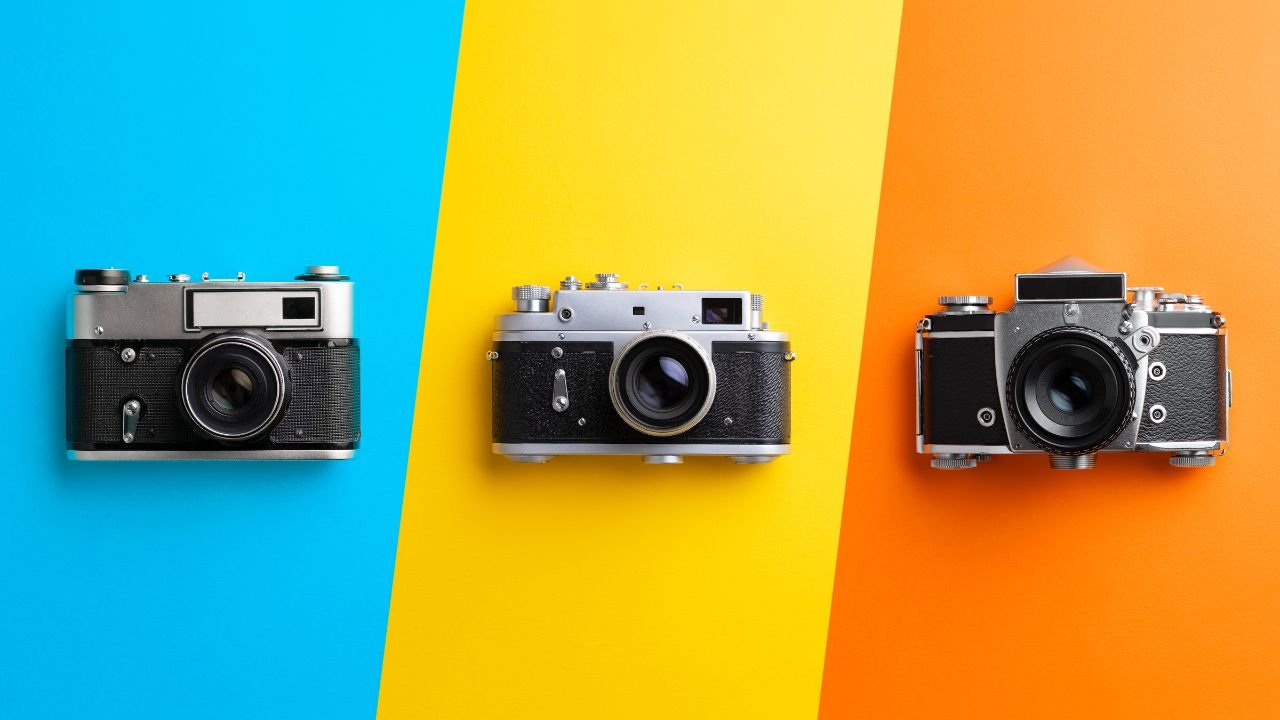Have you ever noticed that photos taken with old camera lenses sometimes look a bit different in color? Maybe the colors seem off or have a strange tint. This isn’t just your imagination—old lenses can give your photos a unique look, often with colors that aren’t quite what you’d expect. But why does this happen?
The unusual colors you see with old lenses are usually caused by the materials and coatings used when the lenses were made. Over time, these factors can cause the lenses to produce colors that look a bit odd or “weird.” Understanding why this happens can help you decide whether this color effect is something you want to embrace or avoid.
Understanding the Basics of Camera Lens Coatings
One of the primary reasons old camera lenses have a weird color is due to the coatings used on the lenses. Lens coatings are applied to the surface of the glass to reduce reflections and glare, which can improve image quality. However, the technology and materials used in these coatings have evolved over the years.
1. Early Coating Materials:
In the early days of photography, lens coatings were made from basic materials that were not as effective as the modern coatings we see today. These materials often had a slight color tint, which would then be reflected in the images captured. The most common tints were yellow, green, or blue.
2. Single Coating vs. Multi-Coating:
Older lenses were typically single-coated, meaning they had one layer of coating applied. This single layer was not as effective at reducing reflections, leading to more color aberrations. Modern lenses, on the other hand, are multi-coated, with several layers of advanced materials that minimize these issues.
The Role of Glass Composition
The glass used in older lenses is another factor contributing to the unusual colors. Different types of glass have different refractive indices, which affect how light passes through the lens and ultimately how colors are rendered in the final image.
1. Types of Glass:
Vintage lenses often used glass with different compositions than what is used today. Some older lenses used glass with higher lead content, which could add a slight yellowish tint to the images. Other lenses might have used glass that emphasized different wavelengths of light, leading to varying color casts.
2. Aging and Discoloration:
Over time, the glass in older lenses can discolor due to exposure to sunlight and other environmental factors. This discoloration can give the lens a yellow, brown, or even purple hue. It’s a natural aging process that further adds to the “weird” color you might notice in old lenses.
Why Some Photographers Love These Lenses
Interestingly, many photographers seek out old lenses specifically for their unique color rendering. The slight color casts can add a vintage or artistic feel to photos that is difficult to replicate with modern lenses. This characteristic is often seen as a feature rather than a flaw.
1. Unique Aesthetic:
The unusual colors produced by old lenses can give images a distinctive look that is instantly recognizable. This aesthetic can be particularly appealing in genres like portrait and landscape photography, where the color tone plays a significant role in the overall mood of the image.
2. Organic Feel:
Unlike the often clinical precision of modern lenses, old lenses can produce images with a more “organic” feel. The slight imperfections, including the color casts, add character to the photos, making them feel more personal and less digitally processed.
How to Minimize or Enhance the Effect
If you’re using an old lens and either want to minimize or emphasize its color cast, there are a few techniques you can try.
1. Using Filters:
You can use color correction filters to balance the tint caused by the old lens. For example, if your lens produces a yellow cast, a blue filter can help neutralize it. This can help achieve a more neutral color balance if that’s what you’re aiming for.
2. Embracing the Cast:
Alternatively, you can embrace the color cast as part of your creative process. By adjusting your camera settings or using post-processing techniques, you can enhance the color tint to create a more pronounced effect, adding a unique touch to your photos.
3. Post-Processing Adjustments:
In post-processing, software like Adobe Lightroom or Photoshop can help you adjust the color balance to either correct or highlight the color cast. You can experiment with the white balance, color curves, and saturation to achieve the desired look.
Should You Buy a Vintage Lens?
Given the unique characteristics of old lenses, you might be wondering if you should invest in one. Here are a few things to consider.
1. Cost vs. Quality:
Vintage lenses can often be found at a lower price compared to their modern counterparts. However, they may require more effort to use effectively, particularly if you’re not accustomed to manual focusing or dealing with color casts.
2. Compatibility with Modern Cameras:
Another factor is compatibility. Many old lenses can be adapted to work with modern digital cameras, but this might involve additional adapters or even some DIY modifications. If you’re willing to put in the effort, the results can be rewarding.
3. Unique Creative Opportunities:
If you’re looking to add a unique element to your photography, a vintage lens could be a great addition to your kit. The color casts, combined with the other characteristics of old lenses, can open up new creative possibilities that you wouldn’t get with modern lenses.
Conclusion
Old camera lenses have a weird color due to the materials and technologies used in their construction. While this might seem like a drawback, it’s a feature that many photographers have come to appreciate. Whether you’re drawn to the vintage aesthetic, the unique colors, or simply the charm of using an old piece of equipment, vintage lenses offer a special experience that’s worth exploring.
